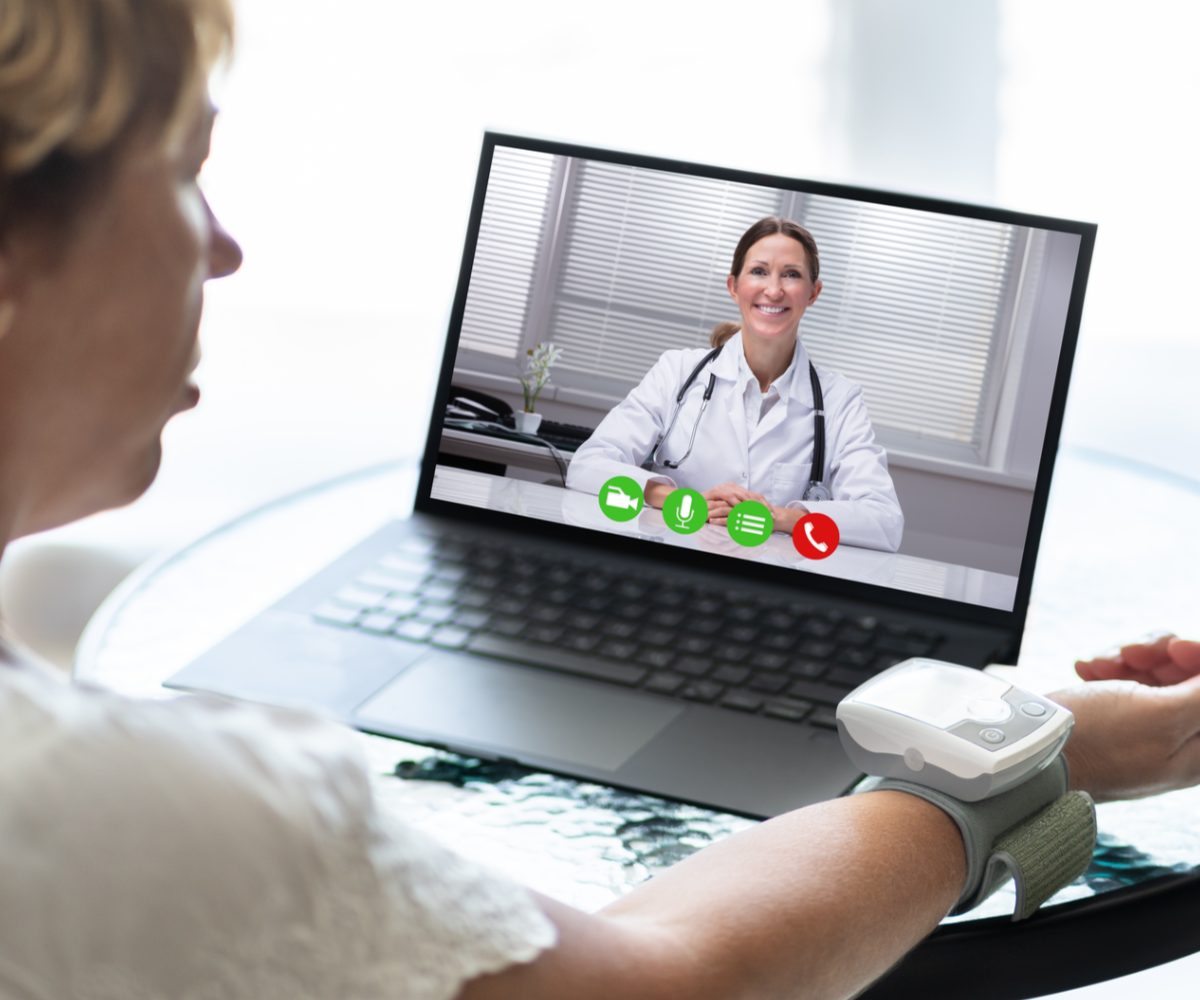In recent years, remote patient monitoring (RPM) has emerged as a transformative approach to managing chronic diseases. By leveraging technology, RPM offers patients and healthcare providers a powerful tool to enhance care and improve health outcomes. Here’s how remote monitoring is revolutionizing chronic disease management.
Continuous Monitoring and Real-Time Data
One of the key benefits of remote monitoring is the ability to continuously track vital health metrics such as blood pressure, glucose levels, and heart rate. This real-time data allows healthcare providers to make informed decisions quickly, adjusting treatment plans as needed. For patients with chronic conditions, this means fewer hospital visits and a reduced risk of complications.
Personalized Care and Early Intervention
Remote monitoring enables personalized care by providing insights into each patient’s unique health patterns. By analyzing this data, healthcare providers can identify potential issues early and intervene promptly. This proactive approach helps prevent the progression of diseases and ensures that patients receive timely care tailored to their specific needs.
Empowering Patients and Improving Engagement
RPM empowers patients to take an active role in their own healthcare. With access to their health data, patients can better understand their conditions and make informed lifestyle choices. This increased engagement often leads to improved adherence to treatment plans and better overall health outcomes.
Enhanced Communication and Support
Remote monitoring facilitates improved communication between patients and healthcare providers. With direct access to health data, providers can offer personalized feedback and support, fostering a stronger patient-provider relationship. This continuous connection ensures that patients feel supported and confident in managing their health.
Reducing Healthcare Costs
By preventing complications and reducing the need for hospitalizations, remote monitoring can significantly lower healthcare costs. It offers a cost-effective solution for both patients and healthcare systems, making chronic disease management more sustainable and accessible.
Conclusion
Remote patient monitoring is a game-changer in the management of chronic diseases. By providing continuous, personalized, and proactive care, RPM not only improves health outcomes but also enhances the quality of life for patients. As technology continues to advance, the potential for remote monitoring to transform healthcare becomes increasingly evident, offering hope and improved care for those living with chronic conditions.

